Stuff
The first day of the Memphis EXPO was great. I particularly enjoyed two presentations. The first was by Patrick Murphy-Racey, an eclectic, independent digital journalist who loves to photograph sports and weddings and travel and people, ad lots more. The second was by the super-hip, super-creative fashion photographer Lindsay Adler. Though neither of them photographs nature let alone birds, I found their programs enlightening, entertaining, and informative. Each of them blew me away with their creativity and passion. I had a great time connecting with Patrick after his program and it was wonderful seeing Lindsay again. I had not seen her for seventeen years when she was a NANPA high school scholarship student and I was an instructor. In addition, it was great seeing old Anchorage, AK-friend Steve Freno and his two adopted daughters.
My afternoon Photoshop program went well. On Friday evening a small group of us went to Beale Street for dinner and some street photography; we had a blast. My EXPO-closing keynote is at 5pm on Saturday. Huge thanks to the folks at Bedford’s Camera — John Rose, Steve Elkins, Jeff Beauchamp, and Jason Beford — for sponsoring my appearance here in Memphis.
Long Island Small Group Instruction
I will be returning to my old haunts on Long Island from 15-27 August, prime time for bird photography. The schedules below may be expanded based on demand.
Skimmer Sessions/New Expanded Scehdule
Join me at Nickerson Beach to photograph Black Skimmers and lots more. Gull predation of young skimmers is likely. With full frame bodies, a minimum of a 500mm lens with TCs is recommended. 400mm OK with crop factor bodies.
Skimmer Morning: Thursday, AUG 16, 2018. 5:30 – 9:00am plus a working brunch: $375/session. Limit 4/Openings 3.
Skimmer Morning: Friday AUG, 17, 2018. 5:30 – 9:00am plus a working brunch: $375/session. Limit 4/Openings 3.
Skimmer Morning: Wednesday, AUG, 22, 2018. 5:30 – 9:00am plus a working brunch: $375/session. Limit 4.
Skimmer Afternoon (usually best for flight): Thursday, AUG 16, 2018. 5:00pm till sunset: $250/session. Limit 4.
Skimmer Afternoon (usually best for flight): Friday, AUG 17, 2018. 5:00pm till sunset: $250/session. Limit 4/Openings 3.
Skimmer Afternoon (usually best for flight): Tuesday AUG 21, 2018. 5:00pm till sunset: $250/session. Limit 4/Openings 3.
Skimmer Afternoon (usually best for flight): Wednesday AUG 22, 2018. 5:00pm till sunset: $250/session. Limit 4/Openings 3.
Please inquire e-mail for multiple session discounts.
To register, please call Jim or Jen with your credit card in hand: 863-692-0906. I hope that you can join me.
Shorebird Sessions
Join me at the East Pond at Jamaica Bay WR on the ideal tides to photograph southbound migrant juvenile shorebirds. With full frame bodies, a minimum of a 500mm lens with TCs is recommended. 400mm OK with crop factor bodies.
Important note: The Shorebird Mornings are dependent on suitable water levels at the East Pond. If the pond is flooded, the sessions will be conducted at Nickerson Beach.
JBWR Shorebird Morning: Friday, AUG 24, 2018. 6:00 – 9:30am plus a working brunch: $375/session. Limit 4/Openings 3.
JBWR Shorebird Morning: Saturday, AUG 25, 2018. 6:00 – 9:30am plus a working brunch: $375/session. Limit 4/Openings 3.
Please inquire via e-mail for multiple session discounts.
To register, please call Jim or Jen with your credit card in hand: 863-692-0906. I hope that you can join me.
BIRDS AS ART
BIRDS AS ART is registered in the U.S. Patent and Trademark Office.


Selling Your Used Photo Gear Through BIRDS AS ART
Selling your used (or like-new) photo gear through the BAA Blog is a great idea. We charge only a 5% commission. One of the more popular used gear for sale sites charged a minimum of 20%. Plus assorted fees! Yikes. They went out of business. And e-Bay fees are now up to 13%. The minimum item price here is $500 (or less for a $25 fee). If you are interested please scroll down here or shoot us an e-mail with the words Items for Sale Info Request cut and pasted into the Subject line :). Stuff that is priced fairly — I offer pricing advice to those who agree to the terms — usually sells in no time flat. Over the past year, we have sold many dozens of items. Do know that prices on some items like the EOS-1D Mark IV, the old Canon 100-400, the old 500mm, the EOS-7D and 7D Mark II and the original 400mm DO lens have been dropping steadily. You can always see the current listings by clicking on the Used Photo Gear tab on the orange-yellow menu bar near the top of each blog post page.
Recent Sales
IPT veteran Bill Wingfield sold his Canon EF 70-200mm f/2.8 L IS II USM lens in excellent to near-mint condition for $1049.00 in late July 2018.
Pierre Williot sold his Canon EOS 5DS R in like-new condition for the BAA record-low-by-far price of $1999.00 (was $2399.00).
Carolyn Peterson sold a Canon GPS receiver GP-E2 for EOS camera bodies in near-mint condition for $149 in mid-July.
BAA-friend “Bug” Bob Allen sold a Canon EF 100-400mm f/4.5-5.6L IS USM Zoom lens in excellent condition for the a BAA record low price of $527.00 in mid-July.
NANPA President Don Carter sold his Canon EF 70-200mm f/4L IS USM lens in excellent condition for the BAA record-low-by-far price of $525 the first day it was listed. Yours truly sold his like-new Canon 70-200mm f/4L IS lens for $699 in late June.
Ray Maynard sold his Canon 300mm f/2.8 L IS lens (the original version) in near-mint condition for the BIRDS AS ART record-low price of $2349.000 and a Canon 2X III teleconverter in near-mint condition for $285.00 both in mid-July.
Unsolicited, via e-mail, from Pierre Williot
I would encourage anyone who wants to sell some of their photographic equipment to contact Art. High-end photographic equipment can be difficult to sell. Art, with is widely read daily posts, will allow you to sell your equipment fairly easily for a reasonable price and commission. Please, seriously consider the price that he suggests as <em>it can be hard to face the reality of the actual value of well loved equipment! Art is well aware of the current market for second-hand photographic equipment.
|
|
|
This image was created on January 21, 2018 at La Jolla, CA with the hand held Nikon AF-S NIKKOR 200-500mm f/5.6E ED VR lens (at 500mm) and the blazingly fast professional digital camera body, the Nikon D5 DSLR camera body with dual XQD slots). ISO 800. Matrix metering probably -1/3 stop: 1/1600 sec. at f/9 in Manual mode. AUOT0 WB at 8:01am on sunny San Diego morning. Group/Shutter Button AF. The array was on the bird’s breast just to our right of center, pretty much on the same plane as the pelican’s eye. Click on the image to enjoy a larger version. Brown Pelican, Pacific race, incoming — this JPEG represents the RAW (NEF) file |
What’s Your Plan?
The JPEG above represents the RAW (NEF) file as it came out of the camera. The image is (only a bit) under-exposed as I did not want to burn the WHITEs on the bird’s neck. The inclusion of just the right part of the pelican on the lower right was — to me — serendipitous. Would you leave it or lose it?
Before you scroll down to see the optimized version, think about what your goals would be during post processing.
|
|
|
This image was created on January 21, 2018 at La Jolla, CA with the hand held Nikon AF-S NIKKOR 200-500mm f/5.6E ED VR lens (at 500mm) and the blazingly fast professional digital camera body, the Nikon D5 DSLR camera body with dual XQD slots). ISO 800. Matrix metering probably -1/3 stop: 1/1600 sec. at f/9 in Manual mode. AUOT0 WB at 8:01am on sunny San Diego morning. Group/Shutter Button AF. The array was on the bird’s breast just to our right of center, pretty much on the same plane as the pelican’s eye. Click on the image to enjoy a larger version. Brown Pelican, Pacific race, incoming — this JPEG represents the optimized master file |
The Image Optimization
I lightened the image during the RAW conversion in ACR. These were the settings: Exposure: +0.4; Contrast: -5; Highlights: 0; Shadows: +64; Whites: +22, Blacks; -21, Clarity -5; Vibrance: +9;and Saturation: 0. Once I brought the image into Photoshop the key to success of the image was adding canvas above and left where it was too tight. I using John Haedo Content Aware Fill to fill in the new canvas.
|
|
The BIRDS AS ART Current Workflow e-Guide (Digital Basics II).You can order your copy from the BAA Online Store here, by sending a Paypal for $40 here, or by calling Jim or Jennifer weekdays at 863-692-0906 with your credit card in hand. |
The BIRDS AS ART Current Workflow e-Guide (Digital Basics II)
Your guessed it, everything mentioned above and tons more is covered in detail in the BIRDS AS ART Current Workflow e-Guide (Digital Basics II), an instructional PDF that is sent via e-mail. Learn more and check out the free excerpt in the blog post here. While the new e-Guide reflects my Macbook Pro/Photo Mechanic/DPP 4/Photoshop workflow, folks using a PC and/or BreezeBrowser will also benefit greatly by studying the material on DB II. Do note that you will find the RGB Curves Adjustment Color Balancing tutorial only in the new e-guide. Note: folks working on a PC and/or those who do not want to miss anything Photoshop may wish to purchase the original Digital Basics along with DB II while saving $15 by clicking here to buy the DB Bundle.
The two most recent and many of the older MP4 Photoshop Tutorial videos releases go hand and hand with the information in DB II):
Folks who learn well by following along rather than by reading can check out the complete collection of MP 4 Photoshop Tutorial Videos by clicking here.
Though I have become more proficient converting my Nikon RAW (NEF) files in Adobe Camera Raw, I continue to optimize my Canon image in DPP 4. You can learn how and why I converted (and still convert) nearly all of my Canon digital RAW files in DPP 4 in the DPP 4 RAW Conversion Guide here. And, yes, I still have many Canon images to work on. 🙂 The RAW conversions for all three of today’s featured images was straightforward once I entered my camera/ISO specific recipes (as detailed in the DPP 4 RAW Conversion Guide). You can learn advanced Quick Masking and advanced Layer Masking techniques in APTATS I & II. You can save $15 by purchasing the pair. Folks can learn sophisticated sharpening and (NeatImage) Noise Reduction techniques in the The Professional Post Processing Guide by Arash Hazeghi and yours truly.
|
|
|
San Diego offers a wealth of very attractive natural history subjects, including and especially the Pacific race of California Brown Pelican. With annual visits spanning more than four decades, I have lots of photographic experience there … Click on the composite to enjoy a larger version. |
2019 San Diego 4 1/2-DAY BIRDS AS ART Instructional Photo-Tour (IPT) SUN JAN 20, 2019 thru and including the morning session on THURS JAN 24: 4 1/2 days: $2099.
(Limit: 10/Openings: 7)
Introductory Meet and Greet at 7:00pm on the evening before the IPT begins; SAT JAN 19, 2019.
Please see the Dancing Grebe Morning Add-On Info below
Join me in San Diego to photograph the spectacular breeding plumage Brown Pelicans with their fire-engine red and olive green bill pouches; Brandt’s (nesting with eggs and possibly chicks) and Double-crested Cormorants; breeding plumage Wood and Ring-necked Duck; other duck species possible including Lesser Scaup, Redhead, and Surf Scoter; a variety of gulls including Western, California, and the gorgeous Heermann’s, all in full breeding plumage; shorebirds including Marbled Godwit, Willet, Sanderling and Black-bellied Plover; many others are possible including Least, Western, and Spotted Sandpiper, Whimbrel, Black and Ruddy Turnstone, Semipalmated Plover, and Surfbird; Harbor Seals (depending on the current regulations) and California Sea Lions; and Bird of Paradise flowers. And as you can see by studying the IPT cards, there are some nice bird-scape and landscape opportunities as well. Not to mention a ton of excellent flight photography opportunities and instruction.
Please note: where permitted and on occasion, ducks and gulls will be attracted (or re-located) with offerings of grains and healthy breads.
Learning Exposure, Whether You Like It Or Not
Whether you like it or not, we will be beating the subject of exposure like a dead horse. In every new situation you will hear my thoughts on the exposure situation along with my thoughts on both Nikon and Canon histograms and the subject of blinkies. Whether you like it or not, you will learn to work in manual mode and to get the right exposure every time as long as a bird gives you ten seconds with the light constant.And you will learn what to do when the light is changing constantly. What you learn about exposure will be one of the great take-aways on every IPT.
|
|
|
Though the pelicans will be the stars of the show on this IPT, there will be many other handsome and captivating subjects in wonderful settings. Click on the composite to enjoy a larger version. |
It Ain’t Just Pelicans
With gorgeous subjects just sitting there waiting to have their pictures taken, photographing the pelicans on the cliffs is about as easy as nature photography gets. With the winds from the east almost every morning there is usually some excellent flight photography as well. And the pelicans are almost always doing something interesting: preening, scratching, bill pouch cleaning, or squabbling. And then there are those crazy head throws that are thought to be a form of intra-flock communication. You will be guided as to how to make the best of all of those opportunities. And depending on the weather and local conditions and tides, there are a variety of fabulous photo chances available in and around San Diego.
|
Did I mention that there are wealth of great birds and natural history subjects in San Diego in winter? Click on the composite to enjoy a larger version. |
The San Diego Details
This IPT will include five 3 1/2 hour morning photo sessions, four 2 1/2 hour afternoon photo sessions, four lunches, and after-lunch image review and Photoshop sessions. To ensure early starts, breakfasts will be your responsibility. An so that we can get some sleep, dinners will be on your own.
A $599 non-refundable deposit is required to hold your slot for this IPT. You can send a check (made out to “Arthur Morris) to us at BIRDS AS ART, PO Box 7245, Indian Lake Estates, FL, 3385, or call Jim or Jennifer at the office with a credit card at 863-692-0906. Your balance, payable only by check, will be due on 10/11//2018. If we do not receive your check for the balance on or before the due date we will try to fill your spot from the waiting list. Please print, complete, and sign the form that is linked to here and shoot it to us along with your deposit check. If you register by phone, please print, complete and sign the form as noted above and either mail it to us or e-mail the scan. If you have any questions, please feel free to contact me via e-mail.
|
Variety is surely the spice of life in San Diego. Click on the composite to enjoy a larger version. |
Getting Up Early and Staying Out Late
On all BIRDS AS ART IPTS including and especially the San Diego IPT, we get into the field early to take advantage of unique and often spectacular lighting conditions and we stay out late to maximize the chances of killer light and glorious sunset silhouette situations. We often arrive at the cliffs a full hour before anyone else shows up to check out the land/sea scape opportunities.
|
This image was created in San Diego, CA with the Induro GIT 304L/Mongoose M3.6-mounted Canon EF 500mm f/4L IS II USM lens, the Canon Extender EF 1.4X III, and the simply amazing, astounding, mega mega-pixel Canon EOS 5DS R. ISO 500. Evaluative metering -2/3 stop: 1/2500 sec. at f/6.3 in Av mode. AWB. 61-Point (Automatic selection)/AI Servo/Shutter Button AF as originally framed was active at the moment of exposure (as is always best when photographing moving subjects). Though the optimized image above was a healthy crop from the original the result was a high quality 148+ MB 16-bit file. Click on the image to see a larger version. The AF system selected two AF points, one above the other, between the two birds;the eye of the bird on our right is razor sharp. Clarke’s X Western Grebe courtship rush |
The Dancing Grebes Add-On. FRI JAN 25, 2019: $399.
Those registering for the 2019 San Diego IPT might wish to join me for the Dancing Grebe Add-On Morning as above. Please read the details carefully. You will need to wade at least mid-thigh deep with your tripod over an uneven bottom. Lightweight chest waders are advised. Long lenses are needed; a 100-400 will not cut it at this spot, even with a TC. Chances at this location (easily accessible from the IPT hotel), vary from day to day so there will be no guarantees. But when those grebes dance, it can be an amazing rush. We may also enjoy chances to photograph both species, Western and Clarke’s Grebes, at fairly close range.
Help Support the Blog
Please help support my efforts here on the blog by remembering to click on the logo link above each time that you shop Amazon. That would be greatly appreciated. There is no problem using your Prime account; just click on the link and log into your Prime account. With love, artie
If In Doubt …
If in doubt about using the BAA B&H affiliate link correctly, you can always start your search by clicking here. Please note that the tracking is invisible. Web orders only. Please, however, remember to shoot me your receipt via e-mail.




Please Remember to use my Affiliate Links and to Visit the New BAA Online Store 🙂
To show your appreciation for my continuing efforts here, we ask, as always, that you get in the habit of using my B&H affiliate links on the right side of the blog for all of your photo and electronics purchases. Please check the availability of all photographic accessories in the New BIRDS AS ART Online Store, especially the Mongoose M3.6 tripod head, Wimberley lens plates, Delkin flash cards and accessories, and LensCoat stuff.
As always, we sell only what I have used, have tested, and can depend on. We will not sell you junk. We know what you need to make creating great images easy and fun. And please remember that I am always glad to answer your gear questions via e-mail.
I would of course appreciate your using our B&H affiliate links for all of your major gear, video, and electronic purchases. For the photographic stuff mentioned in the paragraph above, and for everything else in the new store, we, meaning BAA, would of course greatly appreciate your business. Here is a huge thank you to the many who have been using our links on a regular basis and those who will be visiting the New BIRDS AS ART Online Store as well.
Be sure to like and follow BAA on Facebook by clicking on the logo link upper right. Tanks a stack.
Typos
In all blog posts and Bulletins, feel free to e-mail or to leave a comment regarding any typos or errors. Just be right :).

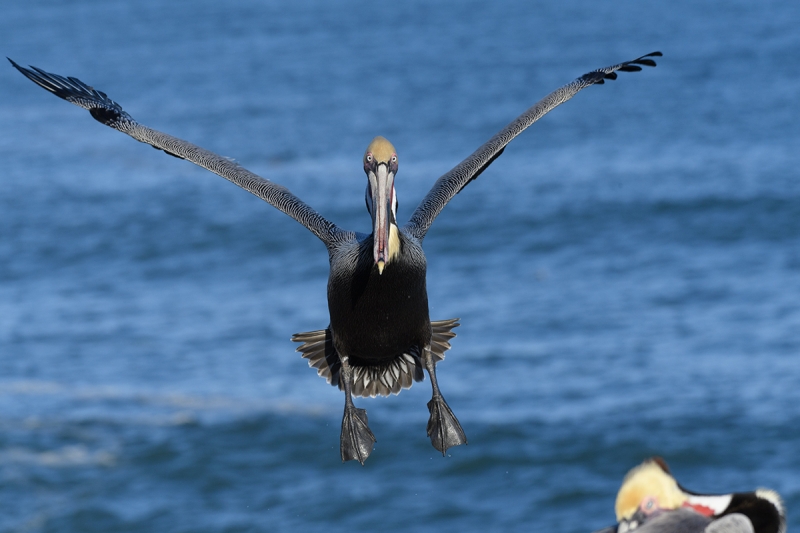
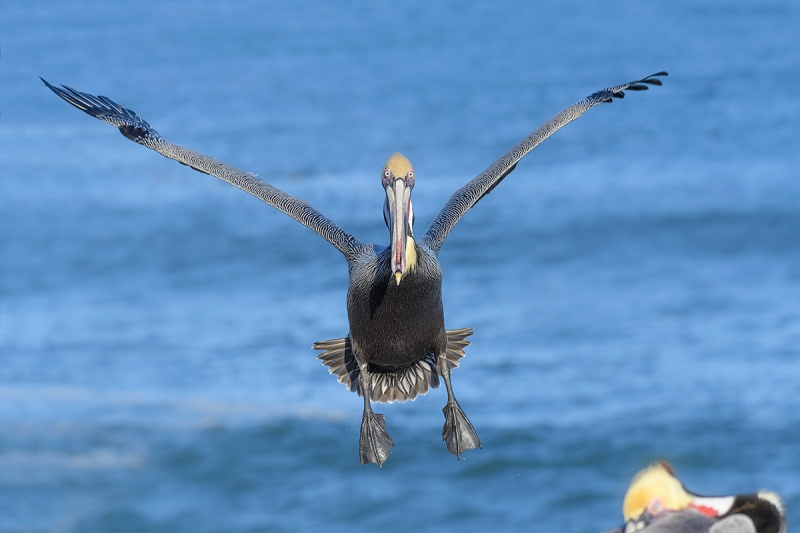

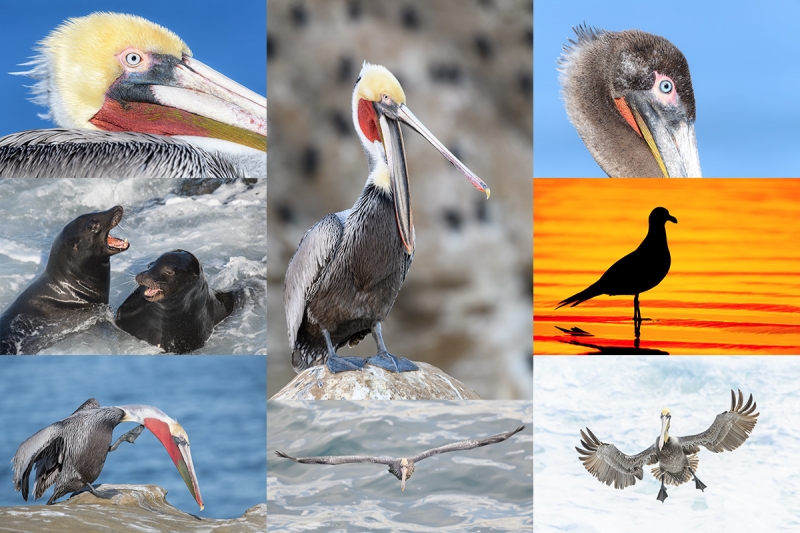
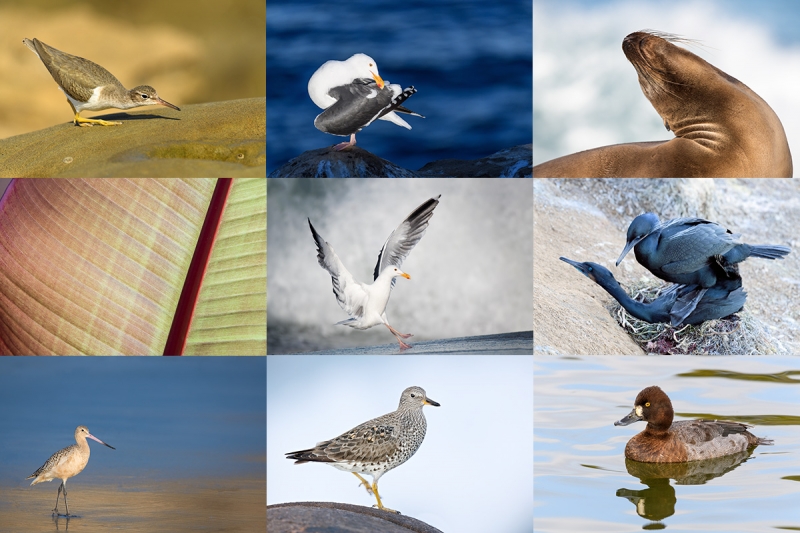


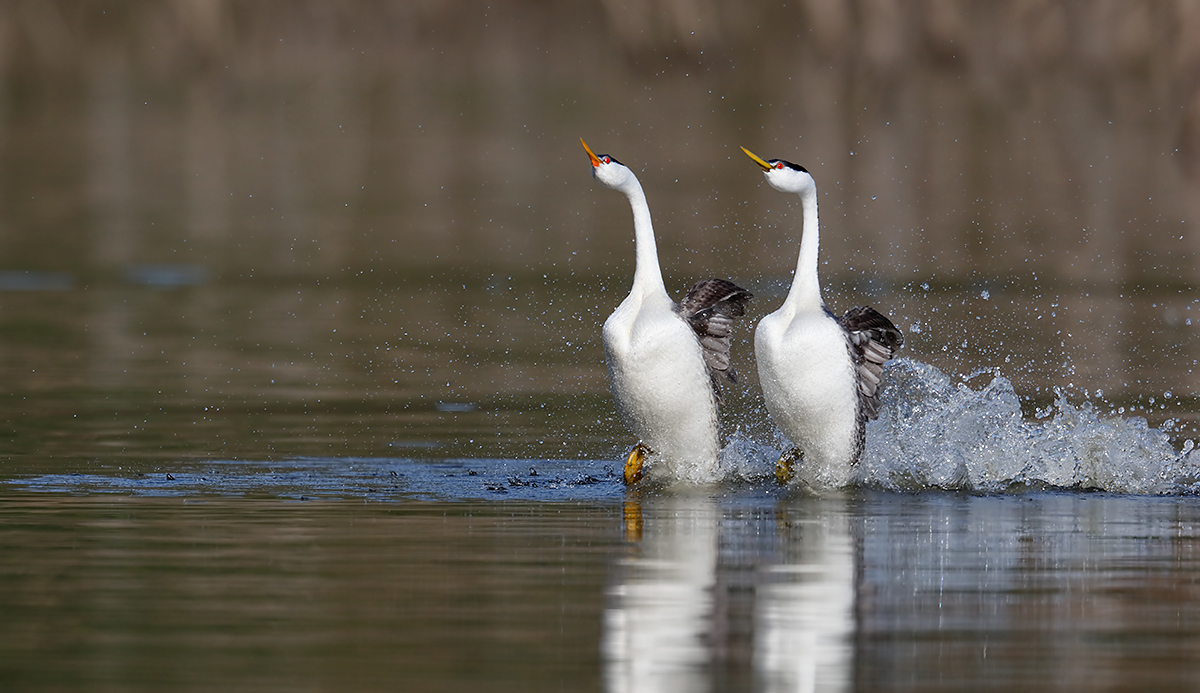













I am an admirer of your work. I hope that you find time to visit us in Oklahoma City. I have been a birder for most of my life (over 40 years). But I am just getting into bird photography. The folks at Bedford Camera have been very helpful in getting me started in this addictive hobby. -Kevin
Thanks Kevin. Me too 🙂
with love, artie
psL great that you wound up at the blog!
Just wanted to let you know , your presentation at Bedford’s Expo 2018, was fabulous! I felt it was the best I attended, a great way to end the show . Gorgeous pictures, wonderful speaker and loved all your stories. Thank you
Many thanks for you kind words 🙂
with love, artie
Artie …. it was GREAT seeing you as well this weekend. 11 years went by in the wink of an eye, but our friendship and mutual respect did not miss a beat… Hope to see you again soon and thanks for everything…. the girls love you
Steve
Ditto on all counts 🙂
with love, artie
Hi Artie,
You frequently refer to “John Haedo Content Aware Fill”. Would you please explain what that is exactly? I apologize if you’ve explained it previously and I missed it.
Regards,
Richard
Hi Richard,
The very useful John Haedo Content Aware Fill is detailed in the BIRDS AS ART Current Workflow e-Guide (Digital Basics II), an instructional PDF that is sent via e-mail. Learn more and check out the free excerpt in the blog post here.
with love, artie
Ninety-nine times out of a hundred I would eliminate part of an extra pelican in the frame. But in this case the pelican’s head and next were perfectly placed in the frame so my choice was to leave it. I may go back and darken the extra bird.
Thanks to all who commented. With love, artie
I like the added background on the left (I’ve gotta learn how to do that sometime!). I do agree with the others that the pelican tends to distract from the image, but I see what you were going for.
The additional canvas is essential. I would, at a minimum, darken the partial pelican so that it is not brighter than the subject. Also, I would have thought you would have softened the BG, perhaps with strong settings in Neat Image.
I am fine with darkening the extra pelican a bit. I am confused by what you wrote about some strong Neat Image settings softening the BKGR; please explain.
Note also that I did run a Gaussian blur on the background; I did not and do not like those two cresting waves …
with love, artie
Hey, Artie. Strong noise reduction settings cause loss of detail. So your normal process of applying Neat Image to the background but with the settings cranked up rather than based on the calibration process could soften it. Similar to using Gaussian blur. I haven’t tried this approach with this type of image, but have had success using it with macro.
Best, Mitch
Hey Mitch,
That is a real stretch … And is not something that I would even try.
artie
I agree with Ron Gates. I too like the edits you made, but the partial pelican in the bottom corner distracts from the overall appeal of the image in my opinion. I generally try to keep my images simple so that the viewer’s eye is drawn immediately to the main subject. I try to remove distracting elements whenever I can.
I like the edits you made to this image especially the eyes but I would have lost the partial pelican in the bottom right. I don’t think it adds anything to the image. In fact, in my opinion, it detracts.
That’s why I asked 🙂 Different strokes.
with love, artie